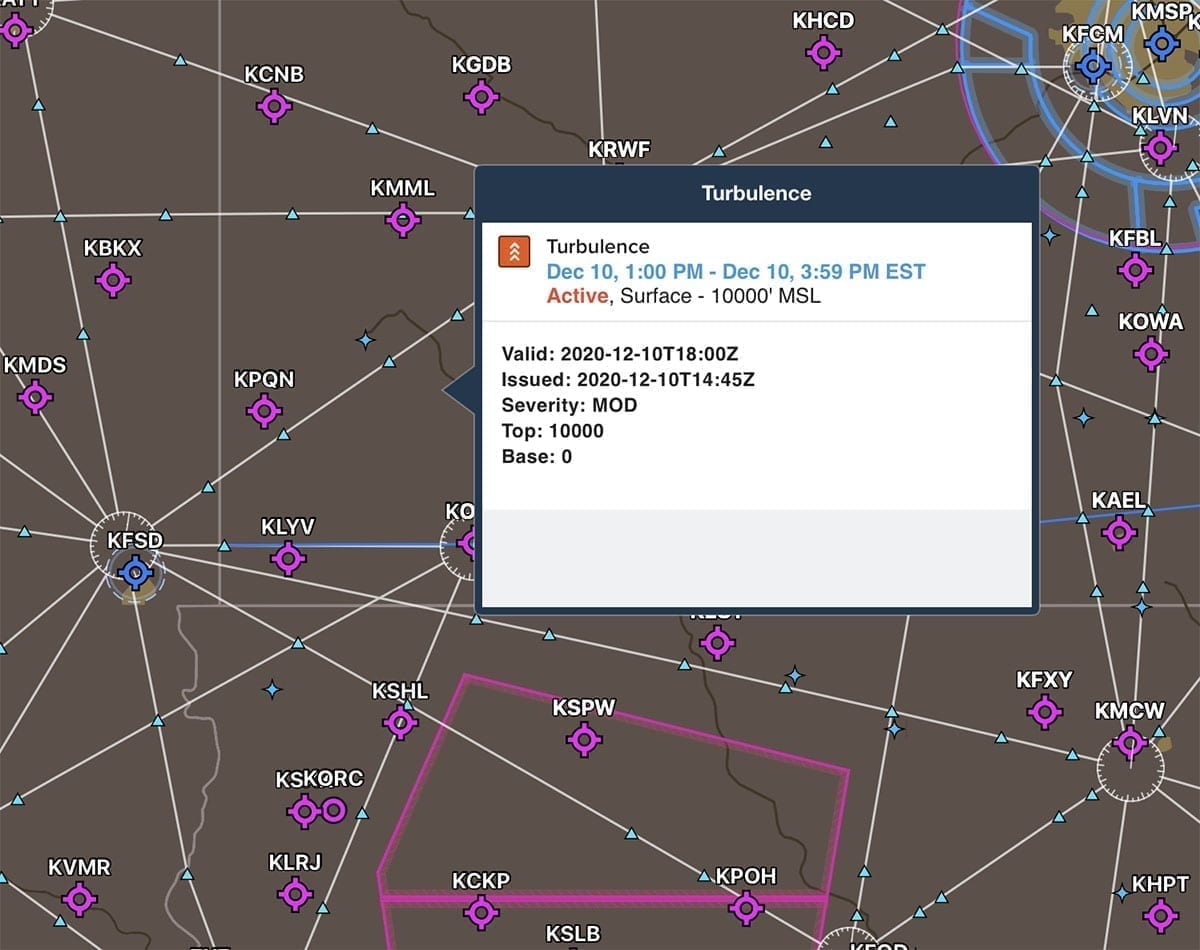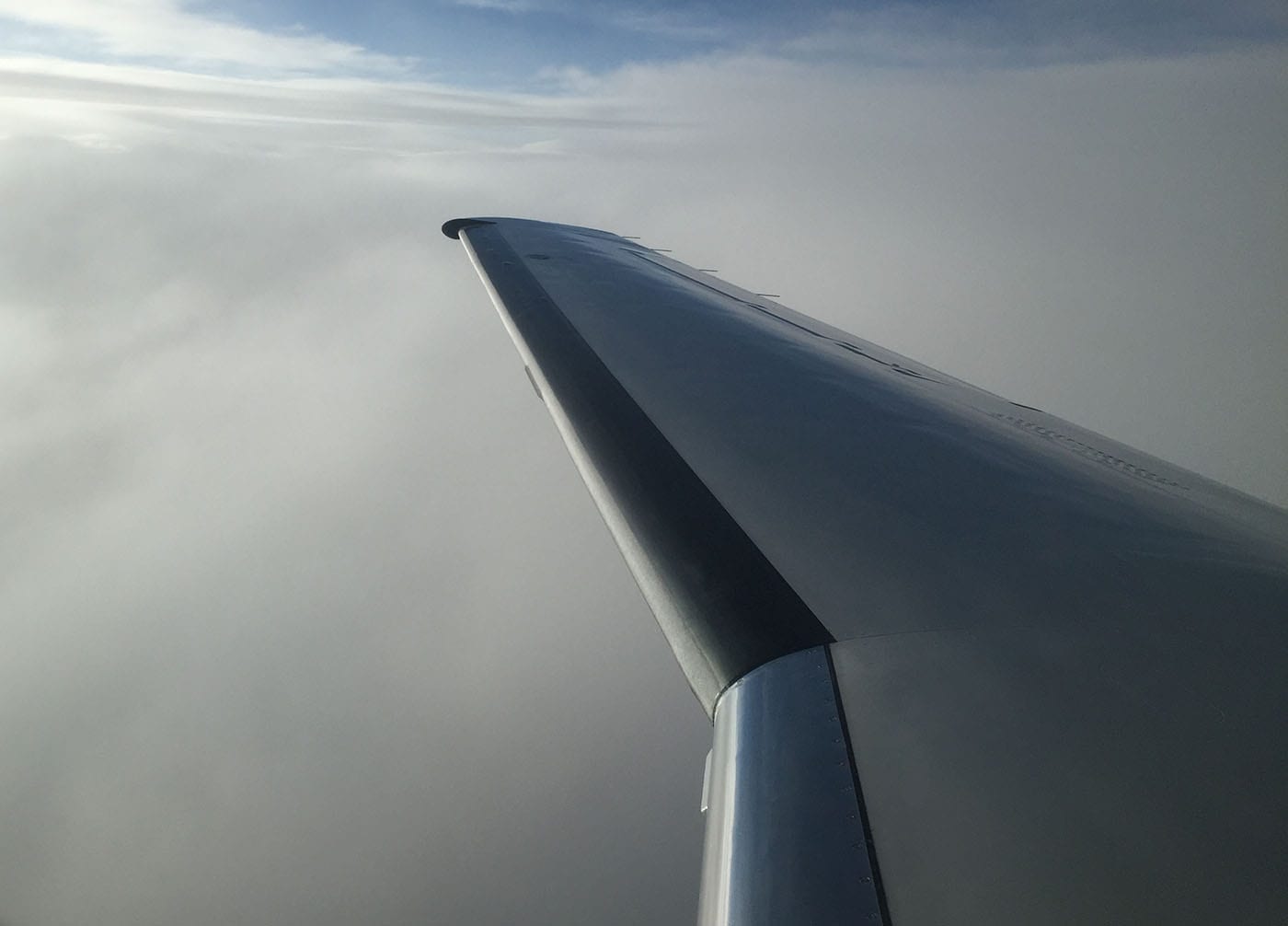
Top 10 articles of 2020 on Air Facts
OpinionWe published over 250 articles on Air Facts in 2020, written by a diverse group of over 200 pilots from all over the world, but these 10 were the most popular. Read this list for some thought-provoking articles on all aspects of aviation, from close calls to airplane history to safety debates.

A Cessna 140’s story, from Wichita to Panama
I was thereI was born in a workshop in Wichita, Kansas, in 1951 and registered with serial number 15695. Right after my test flight, my new owners, who had ordered me a few months before, took me on my first cross-country flight over the states of Oklahoma and Texas and across the Río Grande into Mexico.

Ride of a lifetime
I was thereIn October 2005, I was giving incentive rides in my MK 4 Jet Provost from Friday through Sunday in support of the Celebrate Freedom airshow at Camden Air Field, South Carolina. I was approached by a middle aged gent asking me to give a ride to his dad. I apologized and explained that unfortunately, I had to fly 100 miles away to take the jet for its annual inspection and then drive 2+ hours back to my home.

What I learned about flying in 2020
John's blogThe end of the year may be a magical time for personal reflection, but my latest trip down memory lane was caused by something much more prosaic: filling out my annual insurance renewal form. Besides a feeling of gratitude for the hours I logged this year—and a burning desire to reschedule some canceled trips in 2021—I came away with a few lessons learned. None of these are exactly revolutionary, but at least a few were surprising to me.

Friday photo: above the thermal layer
Friday PhotoCruising along at 8500 feet in his Tecnam P2008, Mike Hackney captured this beautiful and slightly strange photo. As he says, "The optical illusion was of a lake covered by a sheet of ice, and the cloud tops emerging. This went on for an hour of flight time. Simply beautiful."

A Christmas gift to myself
Christmas specialIt’s Christmas morning and I rise early, not to play Santa to my children, for they are long grown. Today I rise early to gift myself. I’m careful not to wake my wife, warm and snuggled under the covers. She has no interest in this thing that I go to do.

The day it snowed in Vietnam: a true story
Christmas specialCarols played in the mess hall and the calendar read "December 24, 1969," but it didn't feel like Christmas Eve. We were tired from a long day of flying many missions picking up infantrymen and recon patrols from field locations, bringing them back to the big airfield at Phan Thiet for the Christmas cease-fire. Soldiers on both sides of this war were glad to allow the cease-fire to start one day early.

An engineering approach to the impossible turn
TechniqueThe FAA’s official recommendation on losing power after takeoff is to proceed straight ahead and not to attempt to return to the runway or airport. That existing policy position by the FAA assumes there is an open area available for a successful touchdown. The second assumption is that pilot skill level is not sufficient to execute a 180-degree turn in order to return to landing without stalling and spinning in. Both positions are not much help.

Journey to the End of the Earth
My AdventureCall it a post-midlife crisis. Call it my bucket list. Call it absurd. Call it expensive. OK, I plead guilty to all of the above. I decided to go anyway. I was determined to fly my 1977 Piper Arrow from my home field (KEQY) near Charlotte, North Carolina, to the northernmost airfield in North America—at PABR in Utqiagvik (formerly known as Barrow), Alaska.

Friday Photo: Dominican Republic from a TBM
Friday PhotoThe view from the cockpit of a TBM 910 as it cruises along in the flight levels is usually pretty good, but sometimes it's great. Omar Haedo captured one of these unique views as he flew home to Miami, with the sun reflecting off the Caribbean Sea and the cumulus clouds building over the Dominican Republic.

Pitch black landing in Vietnam
I was thereI asked ALCC if they had any runway lighting. They stated that that field did not have any lighting. I told ALCC to stand by. I got out my list for the artillery units for that location, called the first unit and asked if they had any parachute flares. They responded that they did, and I asked them to pop one.

Bratburger-itis: a memorable trip
I Can't Believe I Did ThatAll week long, the weather was looking good. When I called for my flight weather briefing Friday morning (note this is before the common use of internet weather), the briefer mentioned the potential for moderate turbulence and potential for gusty winds. The velocity of the winds he forecast was less than what I had comfortably handled before so I wasn’t concerned. And, after all, I had a whole two years of flying under my belt!

Go or No Go: above or below the clouds?
Go or No GoYou earned your instrument rating years ago, but you haven't been current in a long time. Now you're kicking yourself for that lapse in currency, because your VFR-only limitation is going to make an easy IFR flight into a marginal VFR flight. You're hoping to fly your 1972 Cessna 182 from your home in Middletown, Ohio (MWO), to Marion, Illinois (MWA). Will the weather cooperate?

Is that airframe icing or snow?
Weather GeekYou're flying in visible moisture with the air temperature below freezing and you notice something building up on the leading edge of the wings. Is that airframe icing? What you see collecting on the wing leading edges in a cold cloud could be airframe icing, or it could be snow. Icing is bad, maybe very bad, but snow isn’t much of a problem. How do you know the difference?

Friday photo: Airbus X3
Friday PhotoThe X3 was unusual from many different perspectives, not the least of which being the addition of a pair of stub wings with tractor propellers at their tips. The propellers, though appearing to have their own powerplants, were actually driven by the engines that drove the main rotor.

Always bring a flashlight
I was thereNovember is the time of year in the Midwest that can bring beautiful crisp late fall days, or it can bring fog, snow, ice, and a freezing rain chilling to the soul. In late November of 1981 I had a flight that encountered almost all of those that mother nature could provide.

Understanding Vb: turbulence penetration speed
TechniqueIt should be clear that when expecting/encountering turbulence, that pilots should fly a speed that is slower than Va by at least the value of the maximum gust—airspeed gain—they expect to encounter, and higher than Vs1 by the same value for potential airspeed loss. Va is simply too fast!

A lucky pilot: flying celebrities around the world in a Gulfstream
I was thereScottsdale operations called: “I have scheduled you on a ten-day South American tour with Elton John starting on the 17th. Find another captain to go with you. Elton’s agent wants an additional pilot besides Ernie... he wants to see two people with some white hair in the cockpit.”

Flying with Malik: why the newest generation of pilots will be great
I was thereMalik now has the distinction of being the youngest black person in the world to have received a B-777 type rating. That’s only fitting, because most people think I’m about 60. I now have the distinction of being the oldest person in the world to have received a B-777 type rating, at 74. But neither of us knew this until after we had completed our training.

Friday Photo: storm over the Everglades
Friday PhotoThe Pipistrel Sinus motorglider is all about fun flying, and that's what Todd Tracy captures in this Friday Photo. His wingtip-mounted GoPro camera shows him soaring over the Everglades in Florida, with a typical summertime rain shower making itself known in the background.
